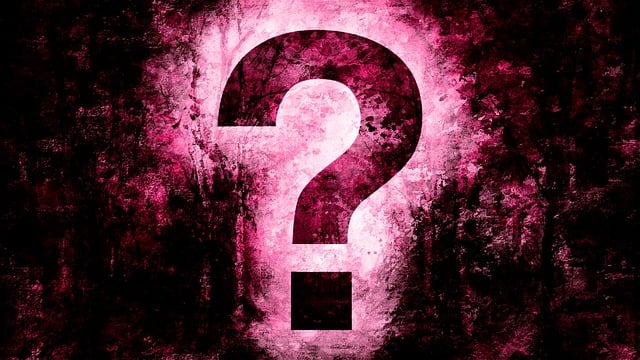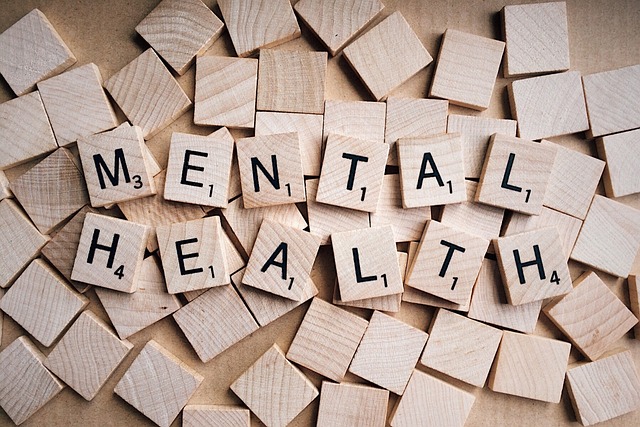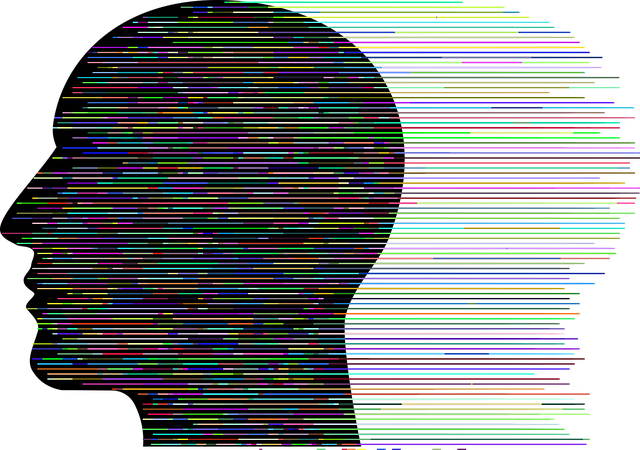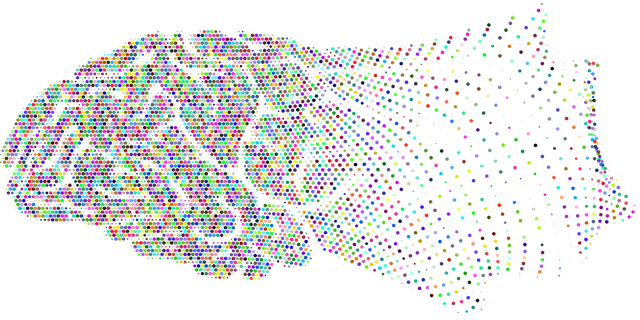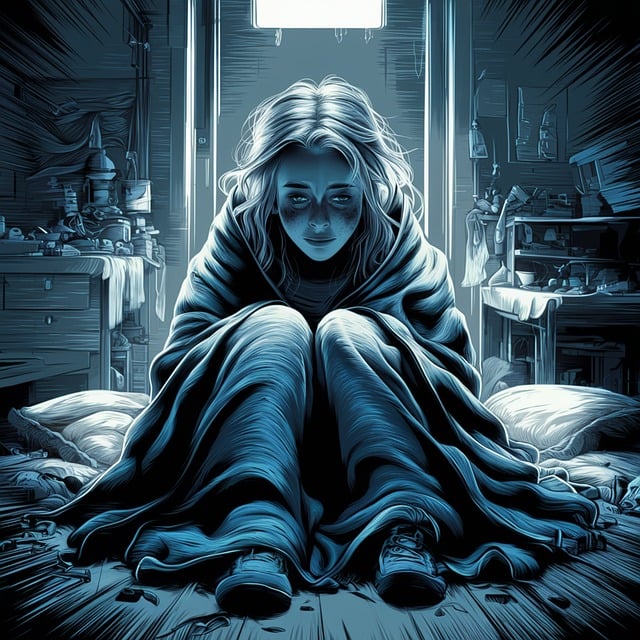TL;DR:
Therapy for young children experiencing psychosis requires a comprehensive, tailored approach focusing on risk assessment, harm minimization, and continuous evaluation. Mental health professionals assess cognitive stage, coping skills, and psychotic episode history to design personalized plans addressing mental health, family dynamics, and community support. Techniques like confidence-building exercises, age-appropriate communication, and community outreach programs enhance therapy effectiveness. Safety plans, collaboratively developed with parents, include symptom management, relapse prevention, and resilience-building strategies integrated into daily routines through regular review and evidence-based practices. The dynamic process involves real-time intervention adjustments, innovative therapies, and stigma reduction efforts for improved outcomes and quality of life.
Risk assessment and harm minimization planning are crucial components of effective therapy for young children with psychosis. This comprehensive guide explores key strategies in managing these complex cases, from understanding risk factors specific to childhood psychosis to implementing practical safety plans in clinical settings. We delve into identifying harm minimization techniques tailored for child therapy and highlight the importance of continuous evaluation and adjustment for optimal patient outcomes. Discover evidence-based approaches to enhance care and ensure the well-being of young patients navigating psychotic disorders.
- Understanding Risk Assessment for Young Children with Psychosis
- Identifying Harm Minimization Strategies in Child Therapy
- Practical Implementation of Safety Plans in Clinical Settings
- Continuous Evaluation and Adjustment for Effective Harm Minimization
Understanding Risk Assessment for Young Children with Psychosis

Understanding Risk Assessment for Young Children with Psychosis is paramount when implementing therapy for young children experiencing psychotic symptoms. Unlike adults, younger individuals often lack the cognitive maturity to fully comprehend their experiences, making risk assessment a nuanced process. Mental health professionals must delve into comprehensive evaluations that consider not only the child’s current psychotic episode but also their developmental stage and coping skills development.
Risk assessment for mental health professionals involves careful observation of the child’s behavior, emotional regulation, and interactions with others. By integrating these insights, professionals can create individualized harm minimization plans that foster resilience, support healthy coping mechanisms, and promote overall well-being in young children navigating psychosis.
Identifying Harm Minimization Strategies in Child Therapy

Identifying Harm Minimization Strategies is an integral part of child therapy, especially when addressing psychosis in young children. Effective harm minimization plans require a multi-faceted approach that considers not just the child’s mental health needs but also their family dynamics and community support systems. Mental Health Awareness plays a crucial role, fostering open conversations about psychosis and reducing stigma so children and their families feel empowered to seek help.
Therapists can employ various communication strategies to build trust and understanding with young clients experiencing psychosis. This may involve simple, age-appropriate explanations of symptoms and treatments, active listening, and using visual aids or play therapy techniques to facilitate expression. Additionally, Community Outreach Program Implementation can connect families to valuable resources like support groups, community mental health services, and educational programs designed to promote resilience and coping mechanisms in both children and their caregivers.
Practical Implementation of Safety Plans in Clinical Settings

In clinical settings, the practical implementation of safety plans for therapy for young children with psychosis is a multifaceted process. It involves collaborating closely with parents or guardians to ensure their active participation in developing and executing these plans. Safety plans should be tailored to each child’s unique needs, encompassing strategies to manage symptoms, recognize early signs of relapse, and promote resilience. For instance, confidence-boosting exercises and self-awareness activities can empower young patients to take a more proactive role in their mental wellness coaching programs development.
Healthcare professionals play a pivotal role in facilitating these plans’ practical implementation. They should regularly review and update safety protocols based on the child’s progress and feedback from parents. Incorporating evidence-based practices, such as structured therapy sessions and self-management tools, can significantly enhance the effectiveness of these plans. By fostering open communication and providing ongoing support, mental wellness coaching programs can be seamlessly integrated into daily routines, contributing to improved outcomes for young children navigating psychosis.
Continuous Evaluation and Adjustment for Effective Harm Minimization

Effective harm minimization planning involves continuous evaluation and adjustment to ensure the best outcomes for young children experiencing psychosis. This dynamic process requires regular reviews of the child’s progress, symptoms, and overall functioning. By closely monitoring these factors, mental health professionals can adapt interventions and strategies in real-time, addressing emerging challenges and leveraging new insights. Such adaptability is crucial, as every child’s journey with psychosis is unique, and what works for one may not work for another.
The process includes reevaluating treatment plans, adjusting medication dosages, incorporating innovative therapy techniques like art or music therapy, and even refining stress management workshops within the organization. Additionally, mental wellness initiatives and mental illness stigma reduction efforts play a significant role in fostering an environment that supports rather than alienates children dealing with psychosis. Regular adjustments ensure that the child’s care remains tailored to their evolving needs, promoting not just symptom stabilization but also improved quality of life and overall recovery.
Risk assessment and harm minimization planning are essential components of providing effective therapy for young children with psychosis. By understanding the unique risks associated with this population, identifying tailored harm minimization strategies, and implementing practical safety plans, clinical settings can create supportive environments that foster positive outcomes. Continuous evaluation and adjustment of these strategies ensure their effectiveness, allowing professionals to navigate complex situations and promote the well-being of young clients struggling with psychotic symptoms.



